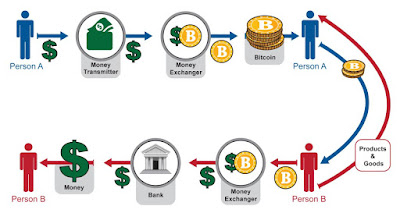Eliminating A 3D Printing Risk

From ThomasNet : As is the case with many technological advancements in the industrial sector, attention must always be paid to factors impacting the operational environment. So, in addition to “green” planning and regulatory compliance, employee safety is an obvious concern. Recently, studies have shown that bits of carbon from the plastics and resins used as 3D printing materials can be released into the air during printer operation. When inhaled, these can present significant health concerns. The relatively “new” application of 3D printing within mainstream manufacturing also means no research had previously examined these potential safety concerns or devised safeguards against them. Enter Chungsik Yoon and his colleagues from the Department of Environmental Health and Institute of Health and Environment at Seoul National University.





